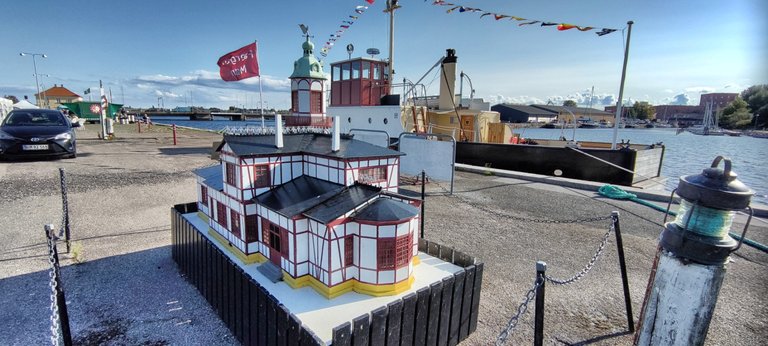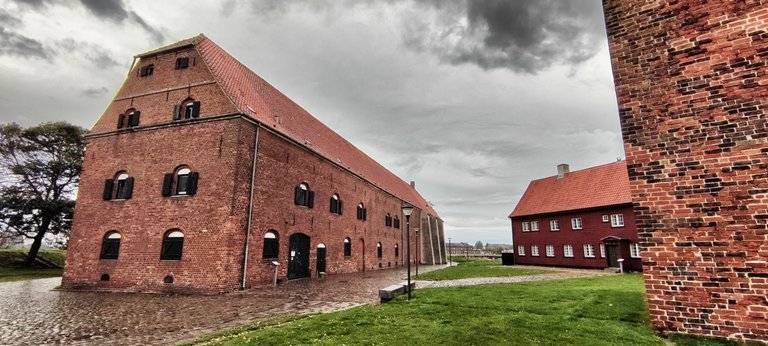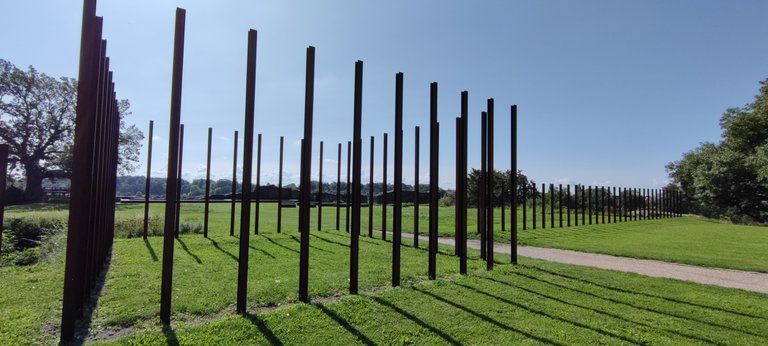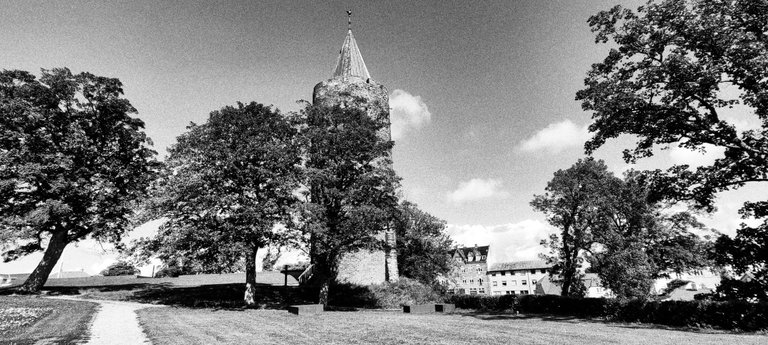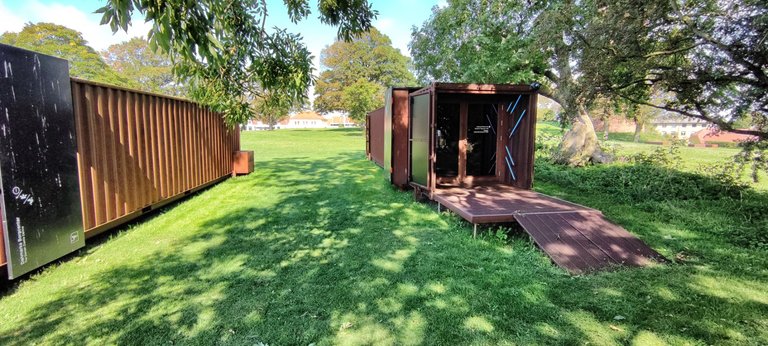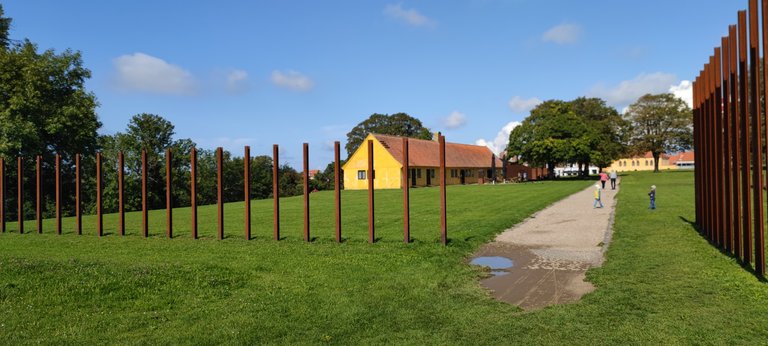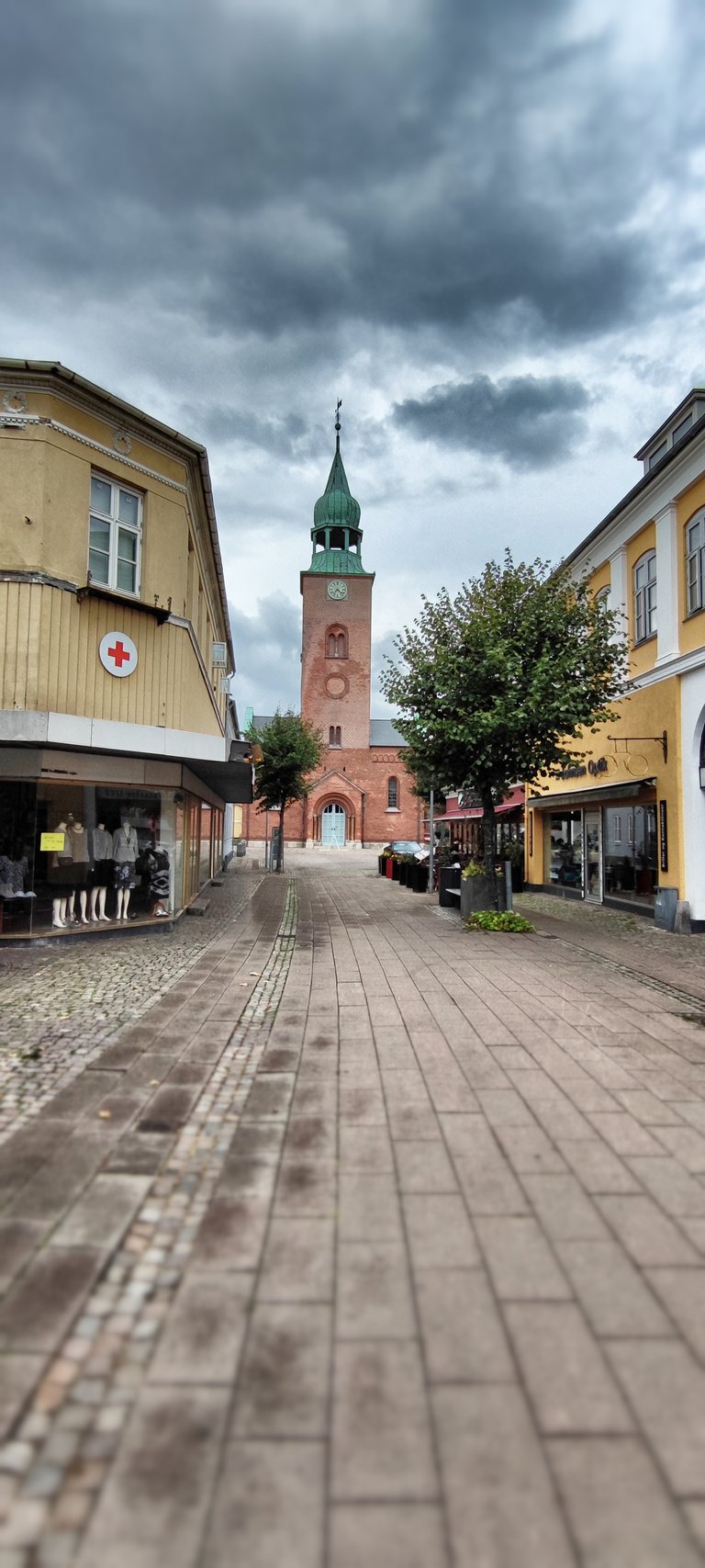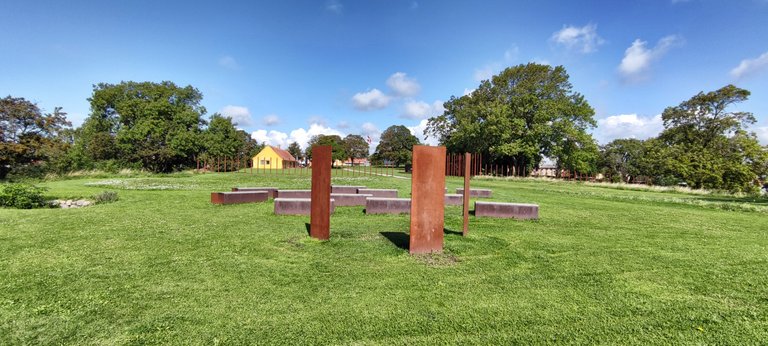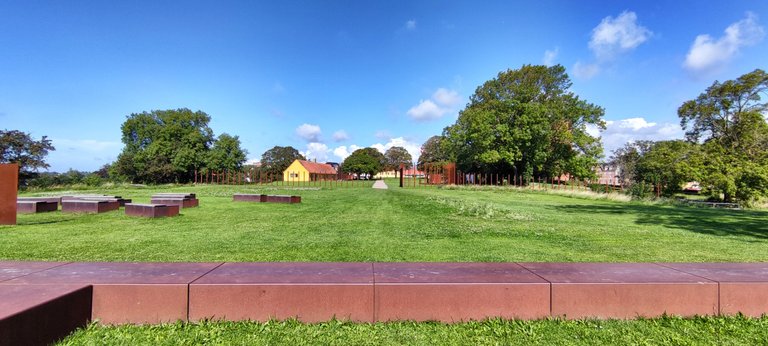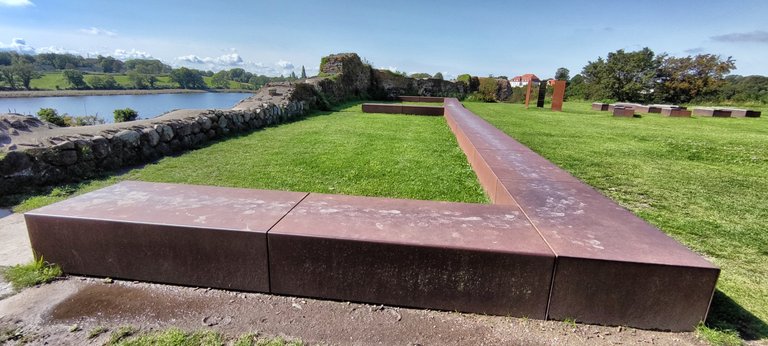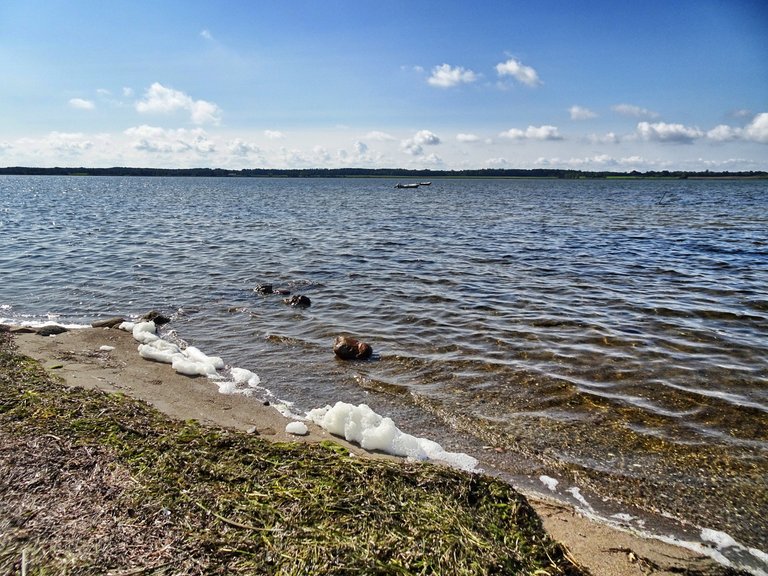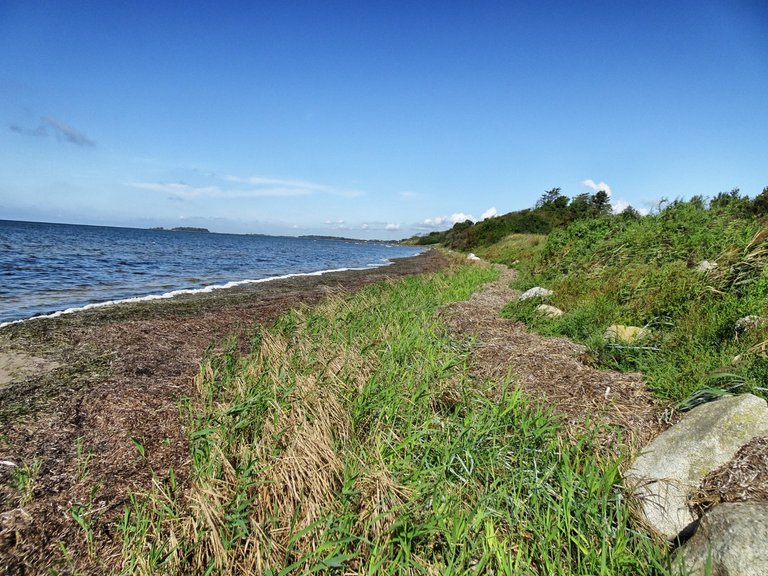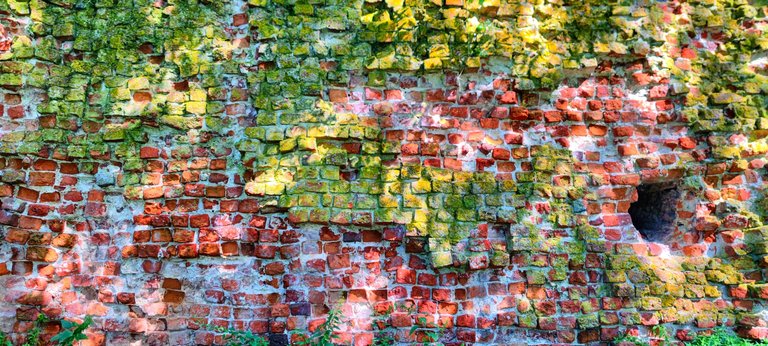Denmark, a country that enchants with its picturesque landscapes and breathtaking coastlines, offers hikers unique nature experiences and those who love to explore a variety of places full of stories from the long history of this once most powerful of the Scandinavian kingdoms.
 Rusty Cage, build after the former fortress
Rusty Cage, build after the former fortress
Yes, today's tiny Denmark. The country may be larger than Switzerland or the Netherlands, but only about half the size of Austria. After a brief period of weakness, a new rise began with the start of the reign of Waldemar I. Large parts of the southern coastal regions of the Baltic Sea, which had previously been settled by Elbe and Baltic Slavs, fell to Denmark.
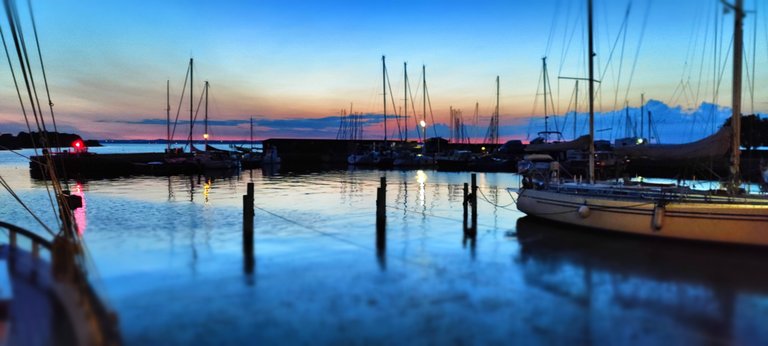 The Baltic Sea
The Baltic Sea
In the cooperation with the German Order of the Brothers of the Sword agreed in 1219, even Livonia, the north of Estonia, came under Denmark's sphere of influence.
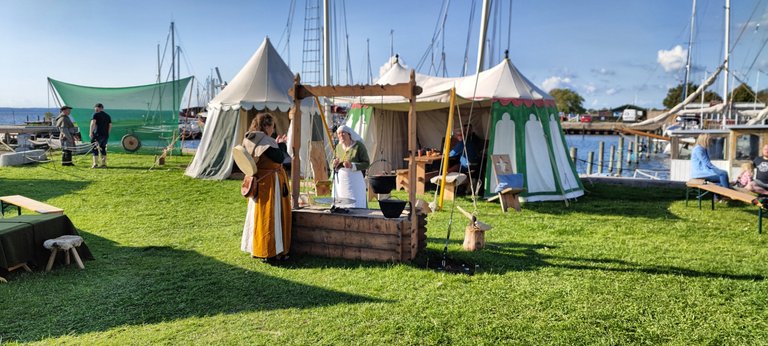 Back into history
Back into history
Traveling into early days
Anyone travelling through the country today will find references everywhere to the early days, to the centuries of Viking rule and the dominant role once played by the Danes, who today seem so friendly and peaceful. In the 14th century, Danish rulers successfully turned their sights north.
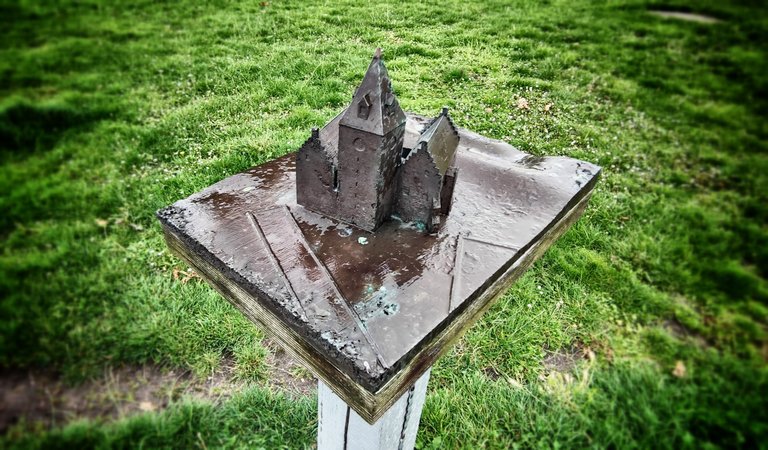 A model of the castle
A model of the castle
In 1397, the three Nordic kingdoms of Denmark, Norway and Sweden were united in the Kalmar Union, which was under Danish rule. Erik of Pomerania became king of the united north.
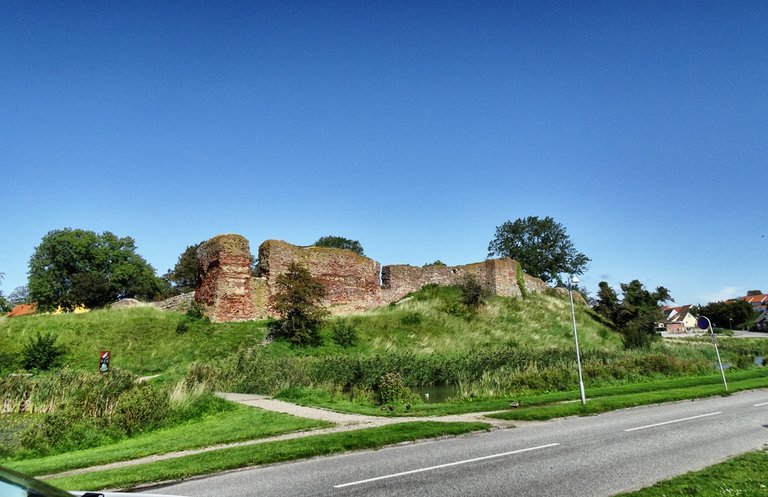 The remainings of the Waldemars Fortress
The remainings of the Waldemars Fortress
The Danes remained the bosses of all Scandinavians for 150 years, until 1523, when the Swedes under Gustav I Vasa successfully fought for their independence. Denmark was unable to accept this for a long time. Conflicts with Sweden remained dominant until the 17th century, as both kingdoms fought for supremacy in Scandinavia and the Baltic region.
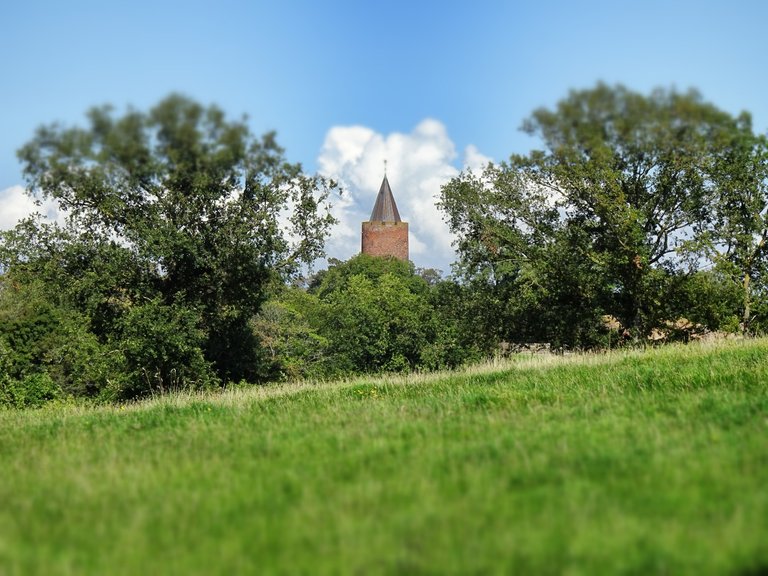 The birds tower
The birds tower
The Danes home base
The Danes are particularly hurt by the loss of Scania, Blekinge and Halland, which are now indisputably part of Sweden. There, red and yellow flags with a cross fly everywhere, reminding the Danes living in Sweden that the area is the ancestral land and place of origin of the Danes.
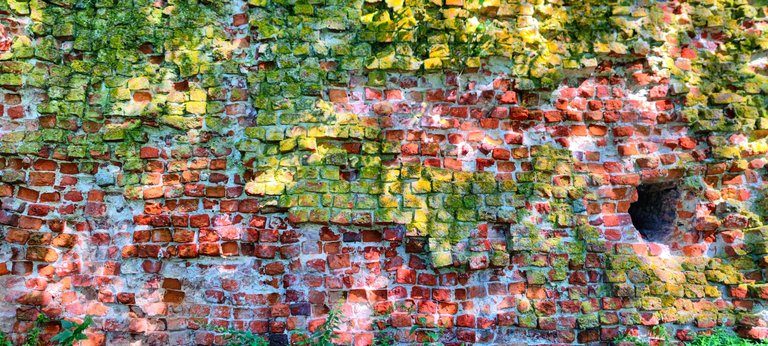 A very old wll
A very old wll
Over on the islands, it is the castles and palaces that remind us of the turbulent history. In Korsor, for example, there is a tower in the harbor where the proud Danish war fleet anchors. It is the remains of a palace complex that was built in the middle of the 14th century.
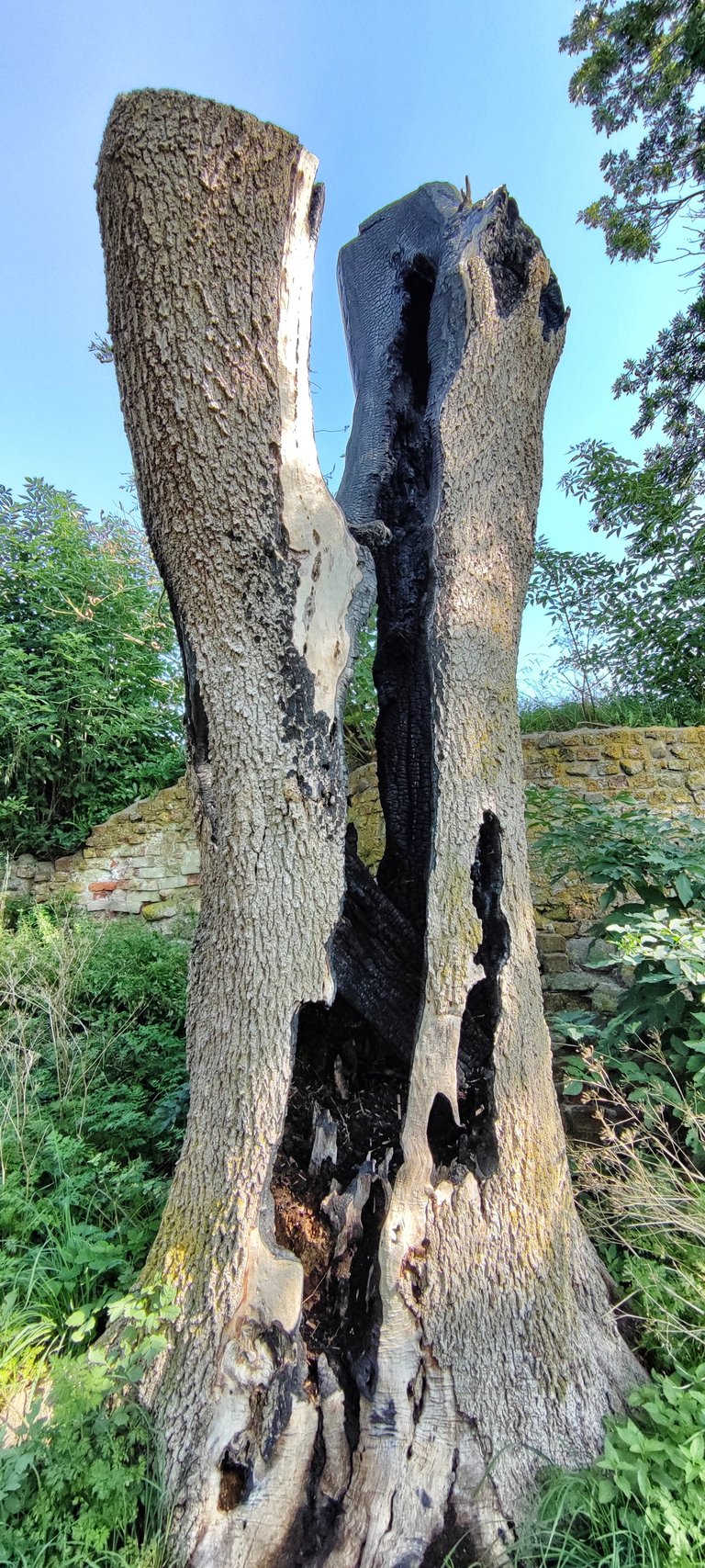 This tree has seen so m uch things
This tree has seen so m uch things
Until the beginning of the 17th century, it was used as a place of residence for the king when he came here with his entourage to cross the Belt. In 1813, the palace was demolished, so that only the tower of the fortress remained standing.
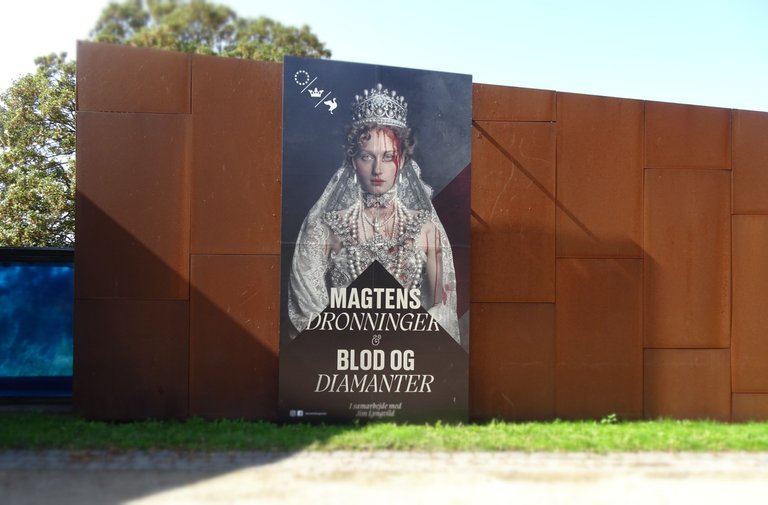 "Bllod and diamonds" - theater at the fortress
"Bllod and diamonds" - theater at the fortress
Fortresses and Castles
Korsør Fortress was also originally built to protect the entrance to Korsør Lagoon, where an important trading settlement had been located since the 11th century. The site underlines the historical significance of the place and also serves as an example of how many changes Korsør has undergone - from a fortress town to a ferry town to a bridge town and naval town.
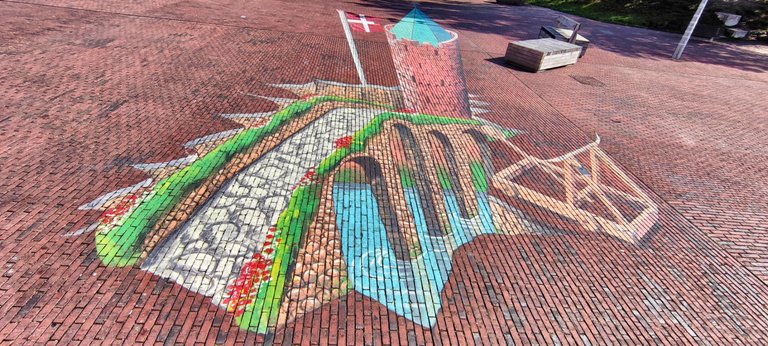 Street Art near the "borg"
Street Art near the "borg"
Shortly after the castle, the fortress was also closed down in 1856 and only remained as the site of an artillery battery. This too has since disappeared.
 The former slots
The former slots
But the Danes have preserved the true heart of the Danish kingdom with a lot of effort and money. Waldemar Atterdag lived from 1321 to 1375. When he ascended to the throne at the age of just 19, there was no central government in Denmark and the rule over the individual mortgaged provinces was exercised by the mortgagees to whom the indebted kingdom had to transfer all its properties. In 1334, an uprising by Waldemar's older brother Otto against foreign rule failed and the situation was hopeless.
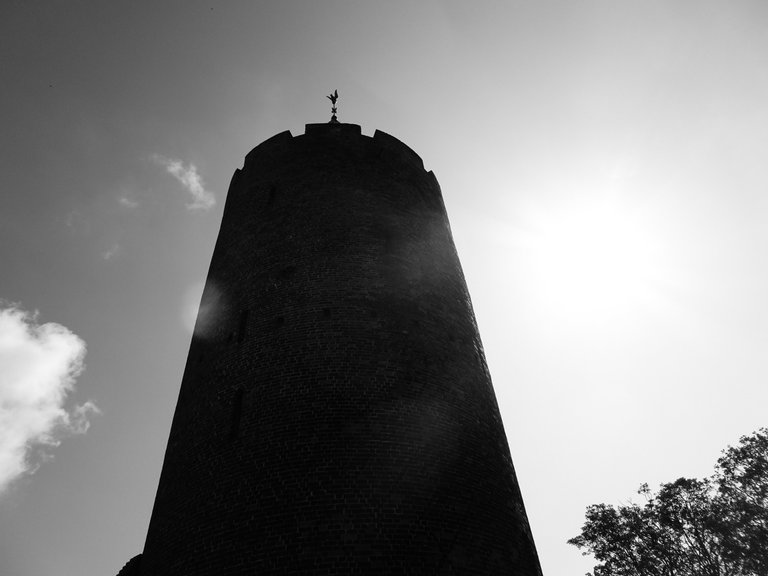 The tower
The tower
Conquer the land
But Waldemar Atterdag managed to conquer Denmark with force and skill. An important role was played by Vordingborg Castle, today a castle ruin in the town of Vordingborg on Zealand, which his ancestor Waldemar I had built to defend against attacks by the Wends, Lübeckers and Holsteiners.
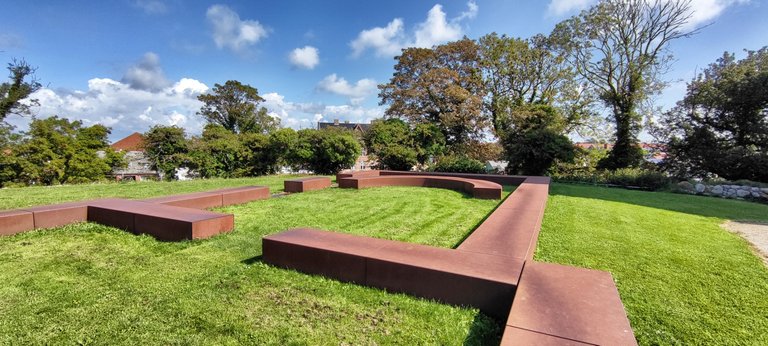 Fundaments of the fortress made by steel
Fundaments of the fortress made by steel
After the reconciliation between the government and the opposition in the Peace Treaty of 1360, Waldemar conquered Scania and the following year in the Battle of Visby he conquered the Hanseatic city of Visby on Gotland, whereupon he also took the title "Lord of the Gotlanders".
 The duck
The duck
At the same time, he had Vordingborg, an important naval base since the 12th century, redesigned and developed into one of his favorite places to stay. From here, Waldemar ruled Northern Europe for 35 years.
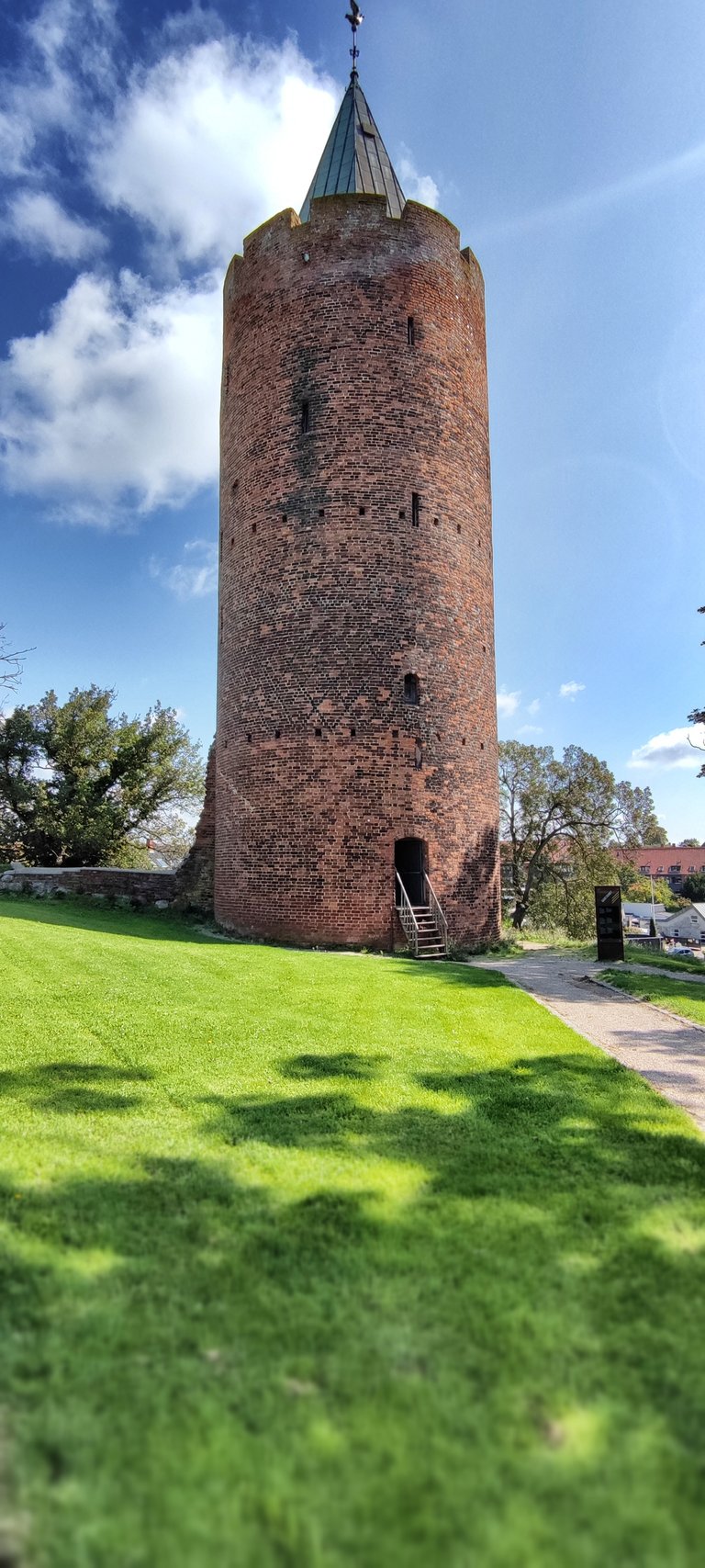 The duck tower
The duck tower
Rusty steel rods
Today, the Guest Tower is still as it was then, with a few thick walls still visible towering over the harbor. But most of the buildings from which the king planned and directed the resurrection and unification of Denmark have disappeared. Where Waldemar Atterdag ruled, there are large, rusty steel rods that recreate the earlier buildings: a strange method, but one that stimulates the imagination more than restored castle walls, as can be found elsewhere.
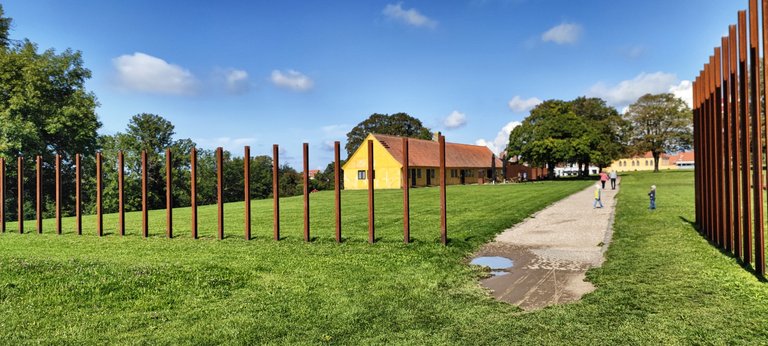 The piles with the shape of the fortress
The piles with the shape of the fortress
Only the 36-meter-high tower with All that remains of the royal residence is the golden goose. Legend has it that Waldemar Atterdag placed the goose on the top of the tower so that it would quack out the scorn of the Hanseatic cities for all eternity. Valdemar saw the Hanseatics as nothing more than a pack of quacking geese. The current goose, however, dates from 1871.
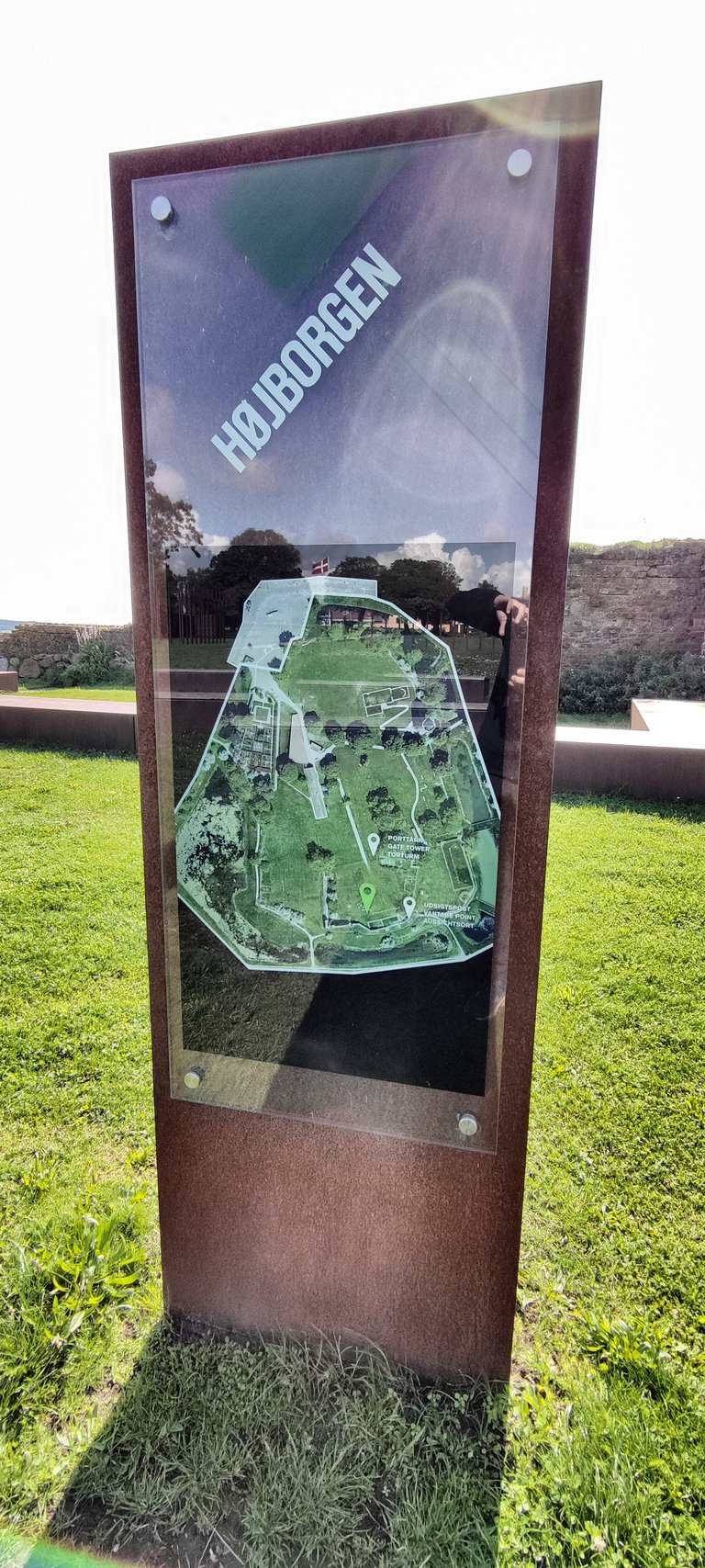 The map of the landscape
The map of the landscape
The king is gone
During the last years of his reign, Waldemar tried to incorporate the area of Schleswig into his domain. Before he could realize these plans, however, he died in 1375 at his hunting lodge, Gurre Slot, in northern Zealand. As he had wished, his body was buried in the chapel of his favorite residence, Vordingborg Castle. Later, his daughter Margarethe ordered that he be taken to Sorø Monastery Church, where his parents and Margarethe's son Olav II are also buried.
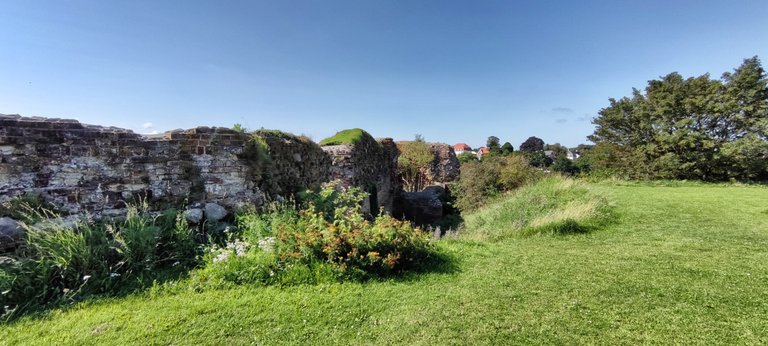 Nearly all the traces are gone
Nearly all the traces are gone
Thank you for reading and if you like my work please follow me on Hive, Travelfeed or Steem or visit my homepage koenau.de
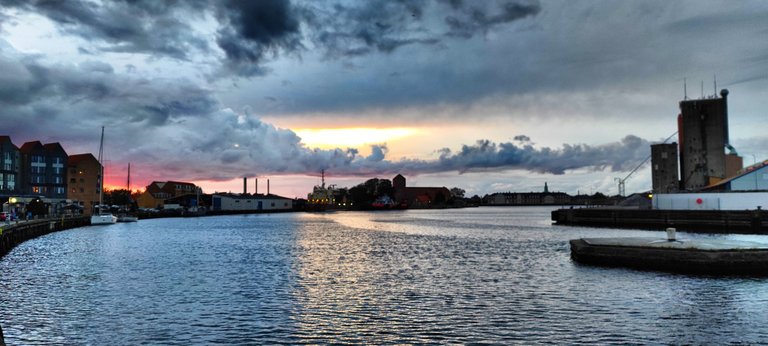 The harbor
The harbor
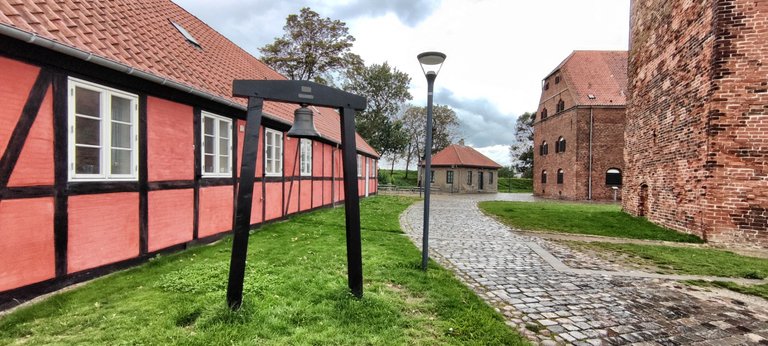 Near the "slots"
Near the "slots"
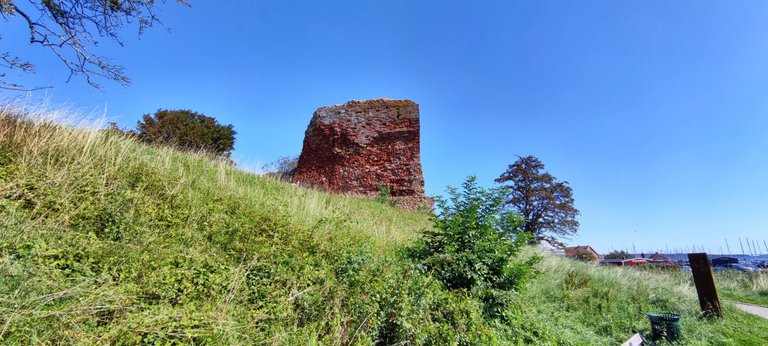 Like a rock: a part of the wall
Like a rock: a part of the wall
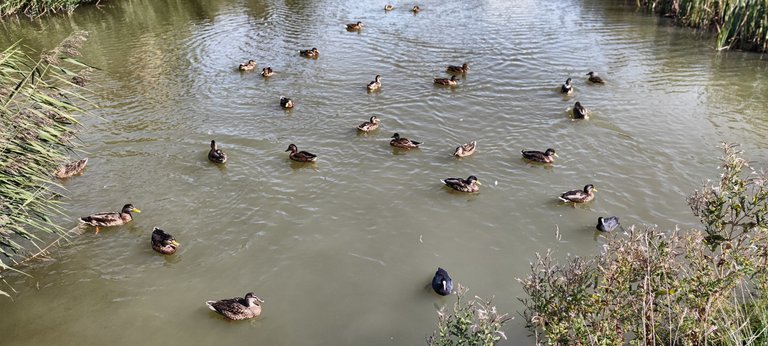 The living ducks at the castle pond
The living ducks at the castle pond
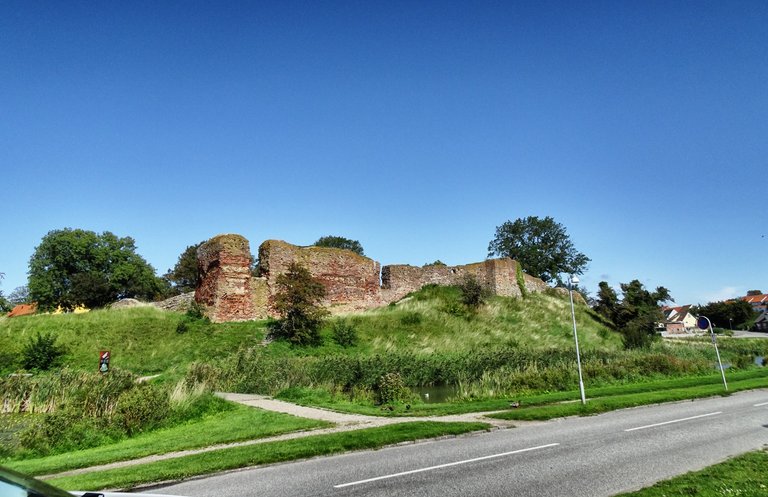 Demolished walls of the fortress
Demolished walls of the fortress
